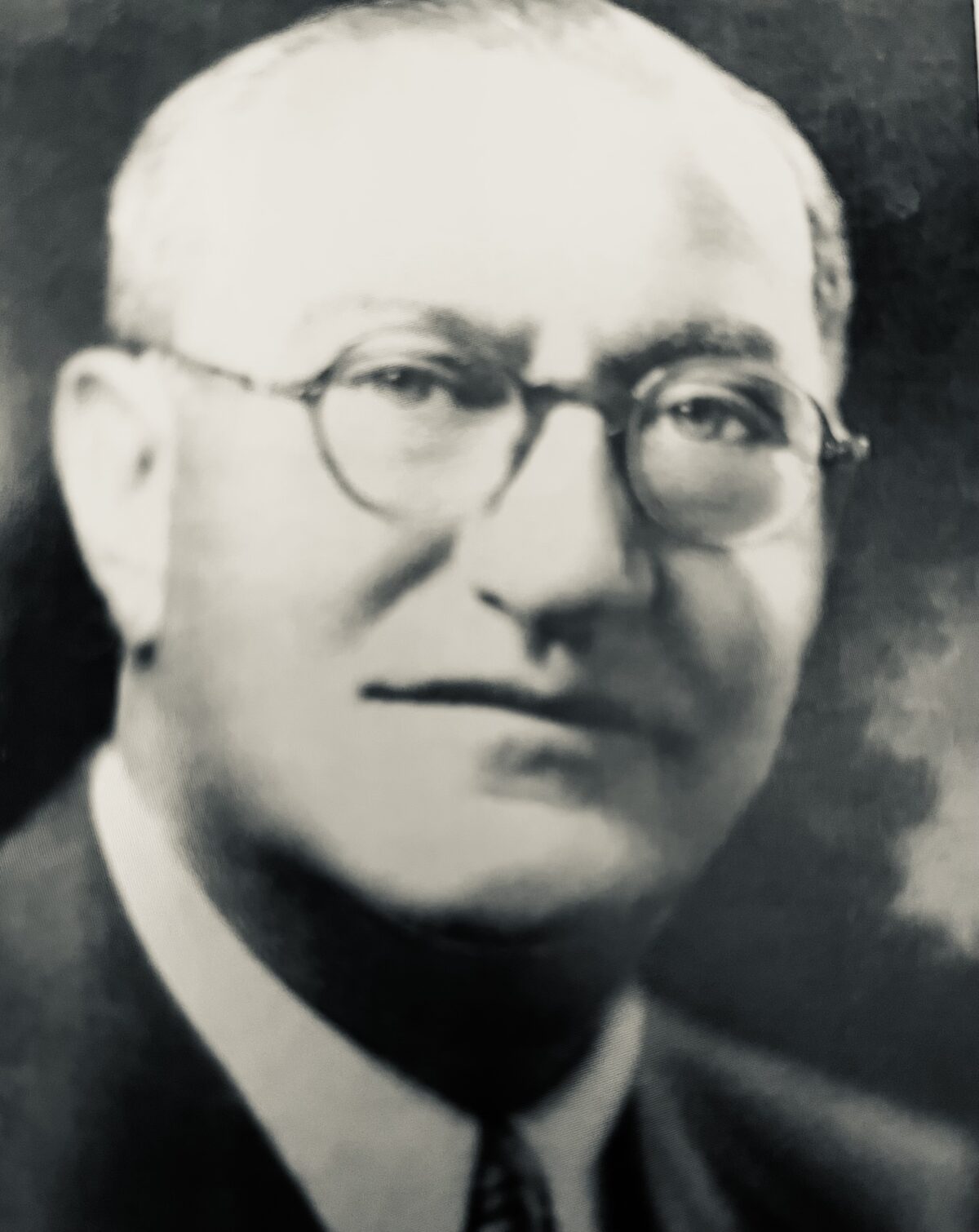Hollywood aficionados are familiar with legendary movie moguls such as Louis B. Mayer, Samuel Goldwyn or Jack Warner. But they often draw a blank when the brothers Joseph and Nicholas Schenck are mentioned. Their obscurity comes as no surprise, since they were reclusives averse to publicity.
Despite their aversion to the spotlight, the Schencks were towering figures in the American film industry, as Michael Benson and Craig Singer write in Moguls: The Lives and Times of Hollywood Film Pioneers Nicholas and Joseph Schenck, published by Citadel Press.
In their lively biography, the authors claim they were Hollywood’s most powerful executives, their reclusiveness notwithstanding.
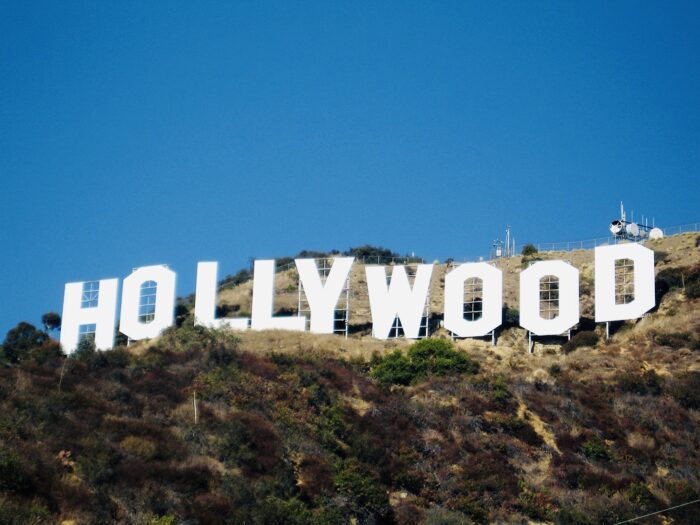
They had a controlling interest in three major studios: Metro-Goldwyn-Mayer (MGM), Twentieth Century-Fox and United Artists, which cranked out a slew of memorable films. They were instrumental in the creation of the Hollywood studio system, which flourished for several decades. They established the Motion Picture Academy, which doles out Academy Awards annually. Nicholas, in particular, was a charter board member of Technicolor, Inc., a pioneer in color film.
Not bad for two Russian-born Jews who immigrated to the United States in the 1890s as youths.
The authors are frankly awe-struck by their elusive subjects: “Joseph and Nicholas Schenck’s story is a classic tale of rags to riches, arriving on the boat from Europe, surviving on the Lower East Side and then East Harlem, selling newspapers on a corner, working in a pharmacy, owning pharmacies, buying and operating amusement parks, booking vaudeville acts, managing theaters, producing pictures, running studios, and wielding incredible power.”
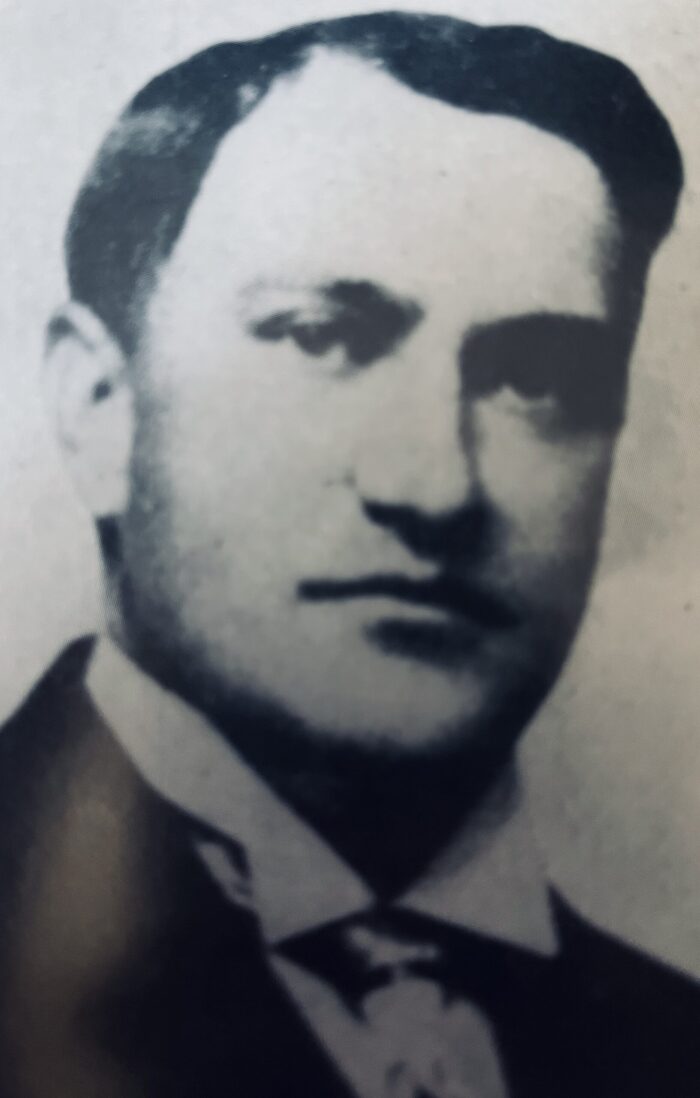
Such was their wealth that Nicholas was the eighth richest man in the country in the 1930s, the only Jewish American on that exclusive list. Joseph was not far behind.
Benson and Singer have mined a great variety of sources to produce this book. And while it is usually entertaining and of value, it is slightly marred by flaws. Far too often it is overly dramatic and sometimes it is overloaded with dense and questionable material. That said, they are respectful toward their subjects and try to place them in their proper historical context.
To say that the Schencks started life humbly would be an understatement.
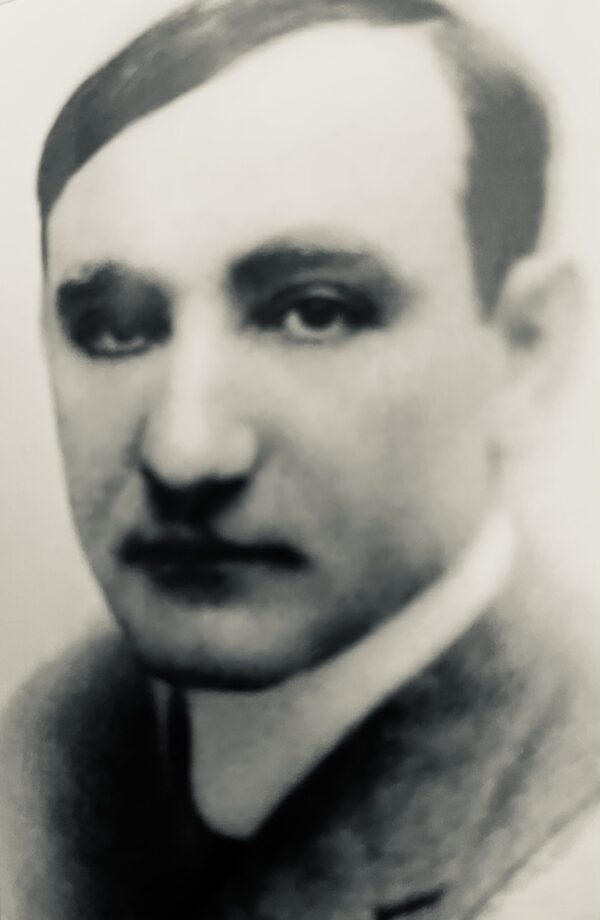
While working during the day, Joseph earned a high school diploma by taking night classes. He continued his studies and graduated as a licensed pharmacist. He and Nicholas landed their first job at a pharmacy in New York City’s Chinatown. It was little more than a wooden shack that dispensed opium and attended to the medical needs of Chinese gangsters who had been roughed up in scuffles with rivals.
In 1906, they formed an amusement park replete with music halls, a restaurant, a hotel, a skating rink and a toboggan slide. Marcus Loew, a Jewish immigrant from Germany who owned penny arcades, nickelodeons and theaters, joined forces with them, setting up a concession containing a novelty he described as a “moving picture machine.”
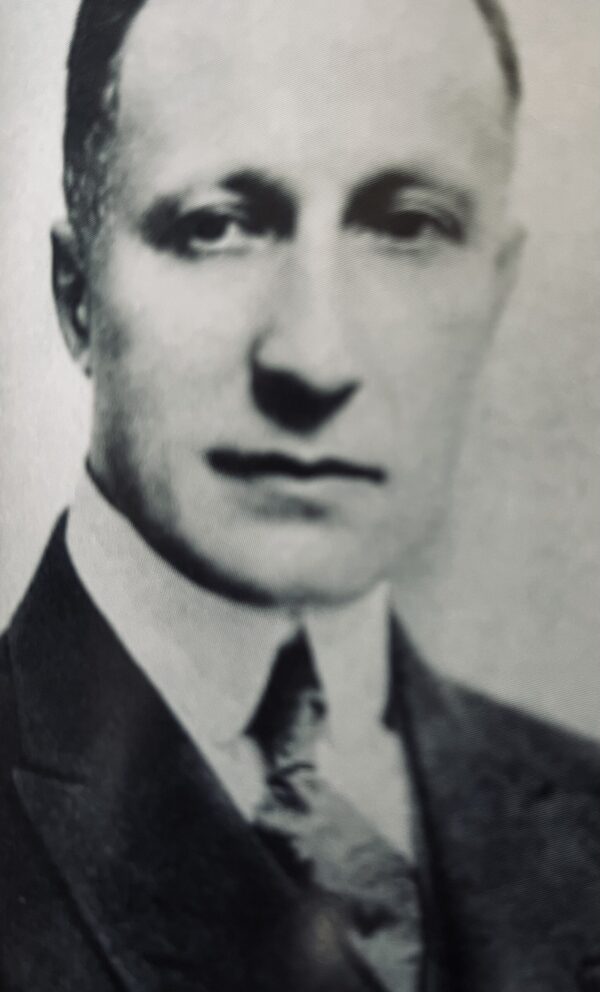
This partnership catapulted the brothers into the fledgling movie industry in New York. From there, they moved westward to Los Angeles. There they acquired a studio where Charlie Chaplin and Buster Keaton had starred in shorts.
Joseph formed a friendship with Sid Grauman, the proprietor of a theater chain. “Grauman invented what we think of as the Hollywood premiere, with multiple spotlights searching the sky, tasselled ropes and stretch limo, bleachers for starry-eyed fans, and a red carpet for the glamor parade of twinkling stars,” Benson and Singer write evocatively.
In 1927, Joseph was one of the 36 founders of the Academy of Motion Picture Arts and Sciences. Its first ceremony, hosted by Douglas Fairbanks, took place at the Roosevelt Hotel, which Joseph and Grauman had built on Hollywood Boulevard.
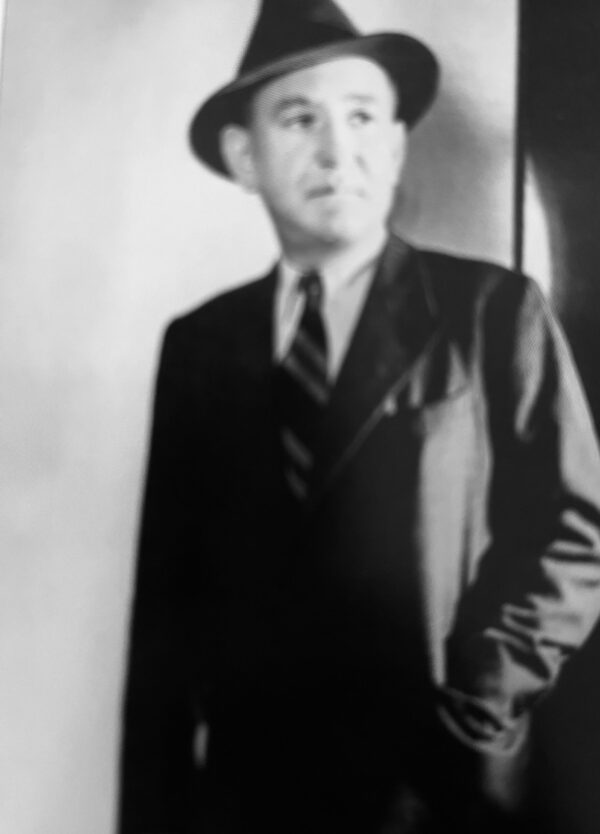
The Schencks will always be associated with The Jazz Singer, the first film featuring dialogue and a synchronized musical soundtrack. Joseph was initially skeptical of “talkies,” claiming that “talking doesn’t belong in pictures.” He soon changed his mind. Decades later, he miscalculated again when he predicted that television had no future.
By the 1930s, the brothers had 12,000 employees. Their studio, MGM, was the only one to remain in the black during the Depression. MGM’s most popular movies were the Andy Hardy series starring Mickey Rooney and Judy Garland, The Thin Man string of pictures featuring William Powell and Myrna Loy, and the Dr. Kildaire films, starring Lew Ayres and Lionel Barrymore.
In 1933, Joseph and Adolph Zukor, the chairman of Paramount Pictures, founded Twentieth Century Pictures. The new company was successful, churning out, among other features, The House of Rothschild, the first black-and-white movie with the final sequence in color. It was also, in the authors’ opinion, the first Hollywood picture to be “blatantly anti-Hitler.” Nominated for best movie of the year, it lost out to It Happened One Night.
The Schencks, along with other moguls, formed the Hollywood Anti-Nazi League in 1936, when conditions for Jews in Germany were dire. When the acclaimed Nazi filmmaker Leni Riefenstahl visited Hollywood a year later, she received an icy reception.
As Benson and Singer point out, 1939 was a banner year for MGM, which wowed audiences with Gone with the Wind and The Wizard of Oz.
Glory turned to dust in 1940 when Joseph was indicted by a federal grand jury on 24 counts of income tax fraud. He was sentenced to three years in prison, but his punishment was reduced to one year and then to four months prior to his release.
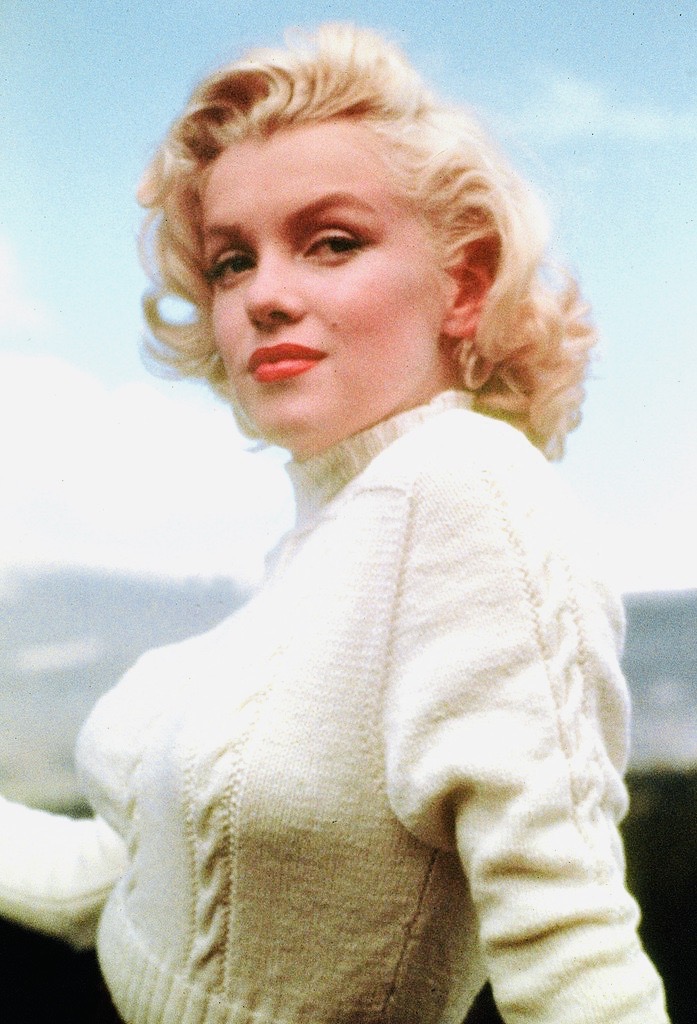
The authors devote a chapter to one of Joseph’s romantic flings. A ladies’ man who had been married to the silent screen actress Norma Talmadge, he had a lengthy affair with a young starlet named Norma Jeane Mortenson, or Marilyn Monroe. “She’d learned from a painfully tender age that her youth, body and beauty had tremendous value,” Benson and Singer observe in a reference to the Hollywood casting couch.
Joseph died in his home in Beverly Hills on October 22, 1961. Four hundred mourners showed up at the Wilshire Boulevard Temple for his funeral. Along the pallbearers were Samuel Goldwyn, Irving Berlin and Jack Warner.
Nicholas passed in Miami Beach on March 4, 1969. A eulogy delivered by the lawyer Louis Nizer put his life into perspective: “Nicholas Schenck was a great man. The architect of and the civil genius behind this country’s motion picture industry.”
Need more be said?
